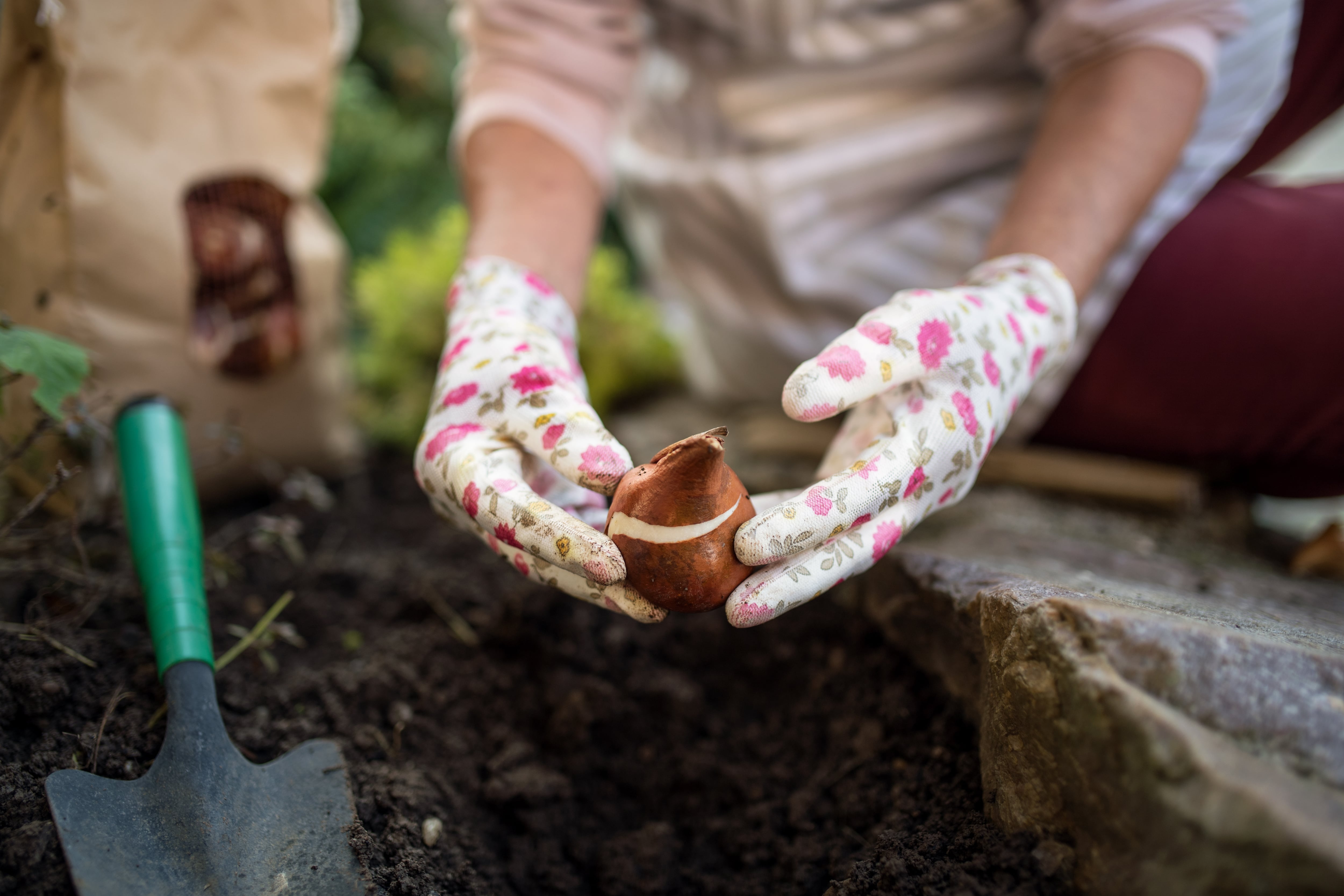Q: I have a beautiful Clematis montana that I planted in my garden many years ago, but it’s now got too large and is threatening to pull down an old garden fence. Can I prune it back hard without damaging the plant? AL, Co Longford
A: Although, smaller, more compact varieties have become available in recent years, Clematis montana is typically one of the more vigorous, fast-growing species belonging to this very large genus of decorative climbers. A mature specimen of one of the more rampant varieties (for example, Clematis montana var. grandiflora) can reach a height and spread of up to 12m (39ft) and is an impressive sight when in full bloom in late spring-early summer when its twisting slender stems are covered with a profusion of starry white flowers. But while it can look wonderful grown up through a mature tree or clambering over a pergola, obelisk, garage or garden shed, it’s important to bear in mind that a mature plant can become very large and heavy and needs really sturdy support. For these reasons this deciduous, shade-tolerant climber’s position in the garden needs to be carefully considered.
Yours has clearly got too big for its boots and now needs to be cut back. The best time to do so depends on the particular species with all clematis divided into different groups depending on their pruning requirements. In the case of Clematis montana, it belongs to what’s known as pruning group one, which means that unlike some other species it doesn’t require regular pruning but that when required, it should be pruned back in spring immediately after flowering has finished to keep it in shape and prevent it from growing too large. After pruning, finish off with a layer of organic mulch and a sprinkle of slow-release organic fertiliser around the base of the plant.
Choose a dry day to do this and use a sharp, clean secateurs, selecting the stems carefully so that you don’t accidentally cut away far more than you intended, and always cutting back to just above a bud.
READ MORE
If the section of fence that it’s growing against is rotten or very unstable, then you’ll probably need to pull the entire clematis plant gently away from it before repairing or replacing the fence, bearing in mind that the repaired fence will need to be strong enough to take the weight of the clematis plant in full leaf. If that sounds like a tall order, then consider adding some extra fence posts or reinforcements to allow it to do so. More compact varieties of Clematis montana that have been introduced in recent years and that are more suitable for smaller gardens include Clematis “Marjorie” (creamy-pink, 5m x 3m), Clematis “The Jewell” (dusty-pink 4m x 2m), Clematis “Freda” (deep pink, 5m x 5m) and Clematis “Van Gogh” (dark pink, 4m x 2m).
















